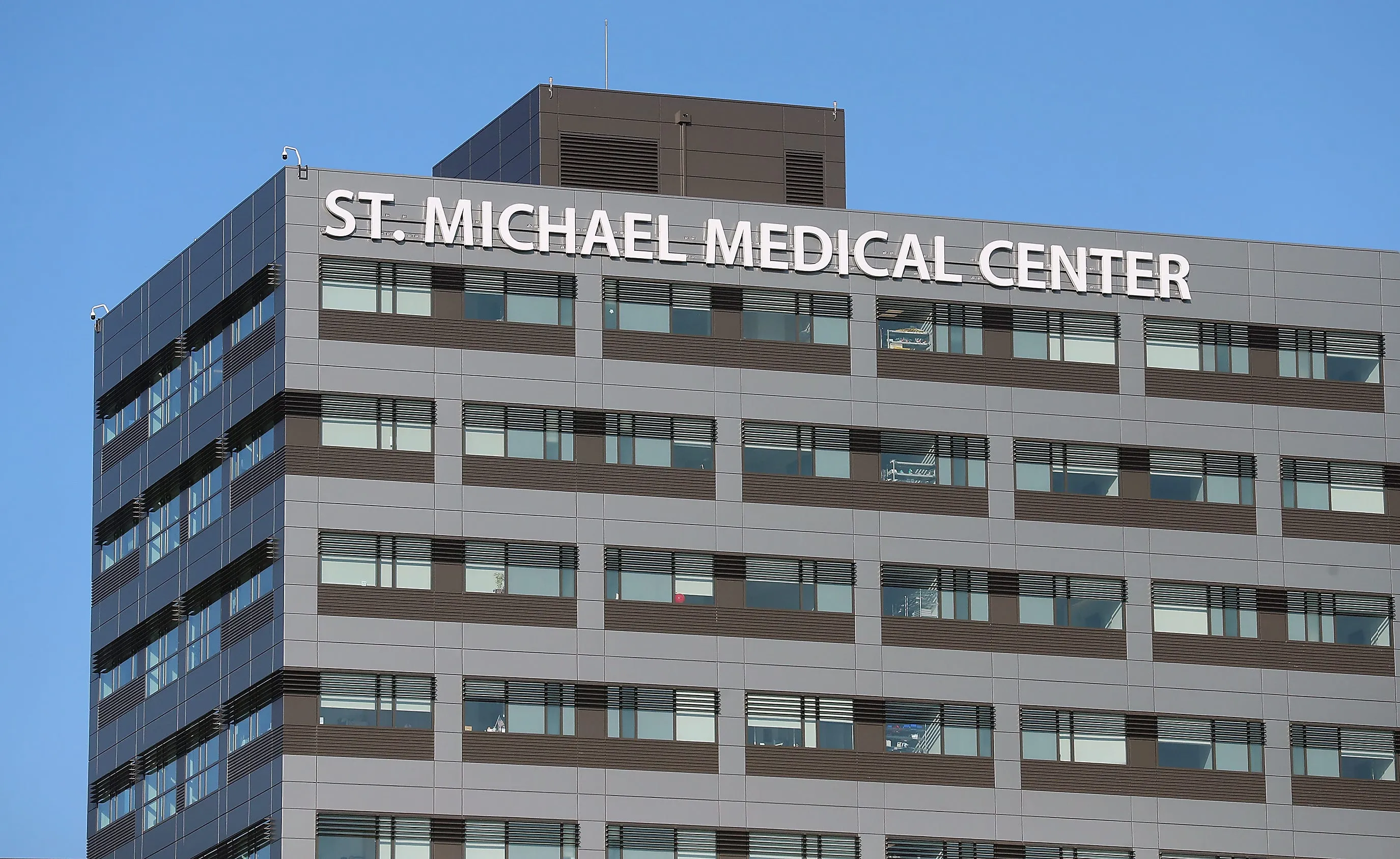Sexually Transmitted Diseases and Emergency Department Use: Overcoming Barriers to Healthcare Access

Understanding the Rise of STIs in Emergency Departments
Sexually transmitted diseases (STIs) are witnessing an alarming rise in diagnoses at emergency department settings like hospitals and urgent care clinics. Reports from St. Michael Medical Center highlight this trend as a potential sign of healthcare access barriers that many patients experience.
Barriers to Effective Healthcare Access
Barriers in accessing healthcare can lead individuals to seek diagnosis and treatment in emergency rooms rather than through proactive healthcare services. Here are some factors contributing to this issue:
- Lack of awareness about available resources
- Stigma associated with seeking reproductive health services
- Insufficient availability of clinics offering sexual health services
- Insurance and costs that hinder access
Implications for Public Health and Reproductive Services
This increase in STI diagnoses in emergency departments signifies a need for improved public health initiatives, including:
- Enhanced education about STI prevention and available healthcare options
- Expanding access to reproductive health clinics, such as Planned Parenthood
- Investment in healthcare technologies to streamline patient access
Disclaimer: The information provided on this site is for informational purposes only and is not intended as medical advice. We are not responsible for any actions taken based on the content of this site. Always consult a qualified healthcare provider for medical advice, diagnosis, and treatment. We source our news from reputable sources and provide links to the original articles. We do not endorse or assume responsibility for the accuracy of the information contained in external sources.
This article was prepared using information from open sources in accordance with the principles of Ethical Policy. The editorial team is not responsible for absolute accuracy, as it relies on data from the sources referenced.